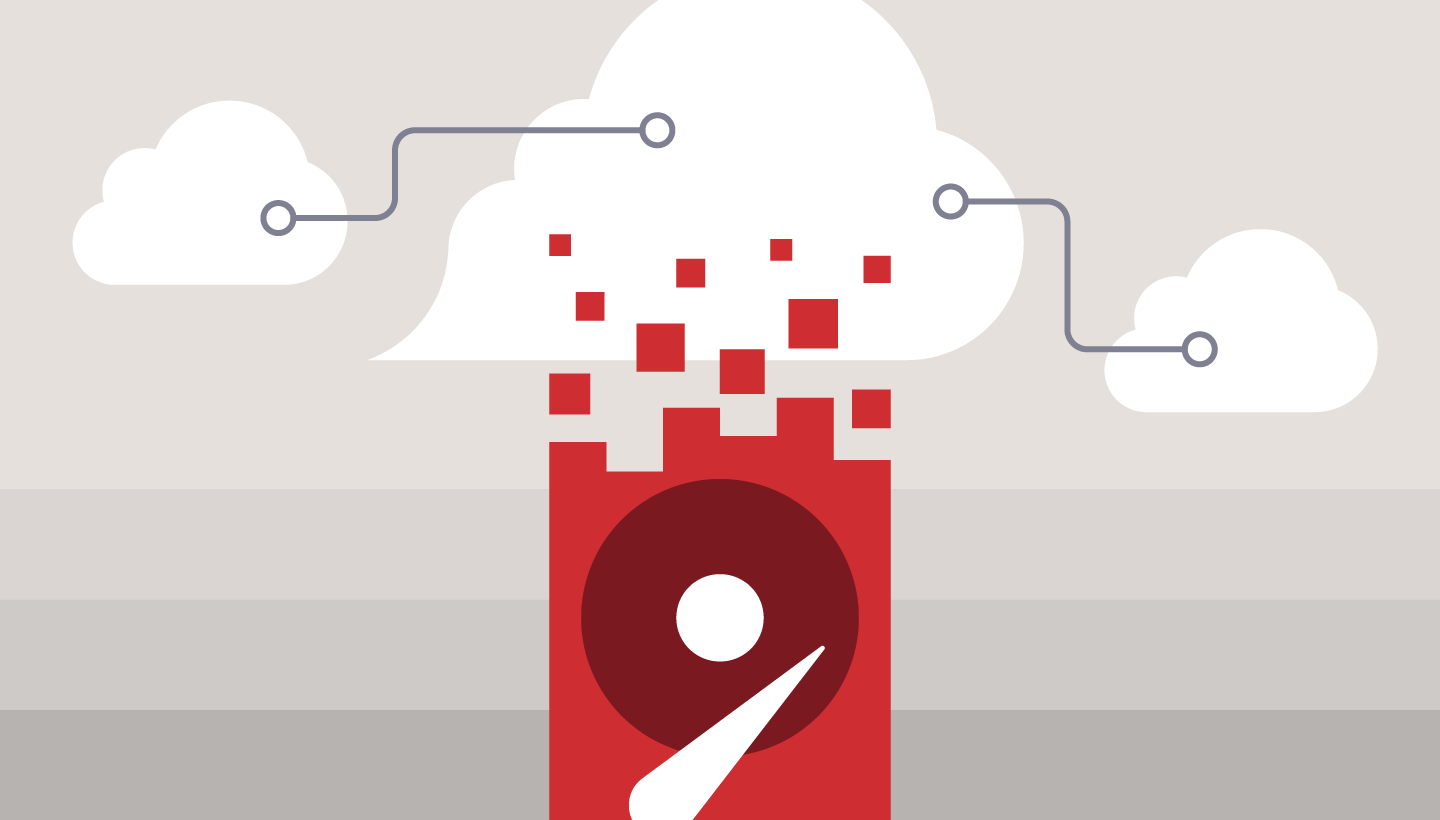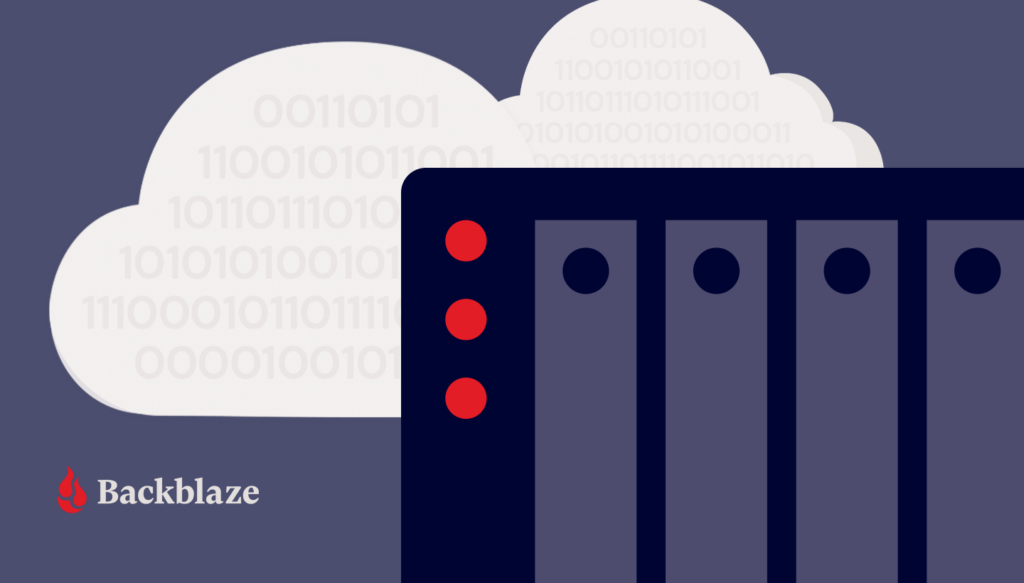
There’s only one truth you need to know about tech: at some point, it will fail. Hard drives die. You get the blue screen of death the day of the big presentation. You lose cell service right when your mom calls. (Or maybe you pretend to lose service right when your mom calls. We won’t judge.) Whatever it is, we’ve all been there.
If you use network attached storage (NAS) for your business or at home, you’re probably well aware of this fact. The redundancy you get from a solid RAID configuration might be one of the reasons you invested in a NAS—to prepare for inevitable drive failures. NAS devices are a great investment for a business for their durability and reliability, but there are things you can do to extend the lifespan of your NAS and get even more out of your investment.
Extending the lifespan of a NAS system isn’t just about preventing hardware failures; it’s crucial for ensuring uninterrupted access to critical data while maximizing ROI on your IT investments. In this blog, you’ll learn about the key factors that influence NAS longevity and get real-world strategies to strengthen and optimize your NAS infrastructure.
Understanding NAS Lifespan
Today’s NAS devices offer faster processing, enhanced performance, and significantly larger storage capabilities than ever before. These technological advancements have paved the way for efficient local data management using NAS in both professional and personal settings.
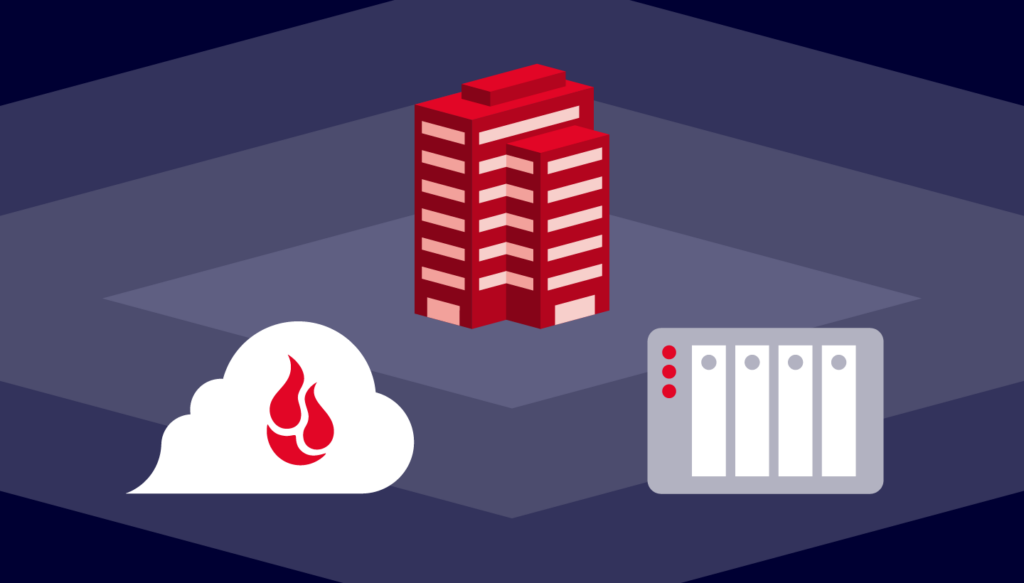
Despite these advancements, it’s important to acknowledge that NAS devices tend to have a finite lifespan. This limitation is due to several factors, including the physical wear and tear of hardware components, ever-evolving software requirements, and the constant advancement of technology which can render older systems less efficient or incompatible with new standards.
Also, it’s crucial to differentiate between the life expectancy of a NAS device and that of the hard drives within the device. While the NAS itself may continue to function, the hard drives that are subjected to intense read/write operations often have a shorter lifespan. If you want to learn more about hard drive reliability and failure rates, refer to Backblaze’s Hard Drive Stats.
Key Factors Affecting NAS Longevity
From the quality of the hardware to the environment it operates in, multiple elements contribute to the lifespan of NAS. Let’s explore these key factors in detail:
1. Hardware Components: Quality and Durability
One of the key factors that heavily affects the NAS device is the quality of the hardware itself. Additionally, factors such as the processor, memory, and power unit also play crucial roles. High-quality hardware and components from reputable manufacturers tend to last longer and offer better performance and reliability which contribute to the overall lifespan of the NAS.
2. Workload and Usage Intensity
The workload handled by the NAS is a significant determinant of its longevity. Devices that are constantly under heavy load, managing large data transfers, or running intensive applications will likely experience wear and tear more rapidly than those used for lighter tasks.
3. Environmental Factors: Temperature, Humidity, and Corrosion
Operating a NAS in environments with high temperatures or humidity levels can lead to overheating and moisture-related damage. Additionally, locations with high levels of dust or corrosive elements can lead to physical deterioration of components.
4. Quality of Network Environment
The quality and stability of the network environment in which the NAS operates can also affect its lifespan. Frequent network issues or unstable connections can strain the NAS’s hardware and software, potentially leading to earlier failures.
5. Support, Technological Advancements, and Compatibility
Ongoing support and compatibility with new technologies are also vital for the longevity of NAS systems. As technology evolves, older NAS devices may struggle with compatibility issues, rendering them less efficient or even obsolete.
Maintenance and Care for Enhanced Lifespan
Now that we understand the factors that affect NAS longevity, let’s explore how proactive maintenance and care are crucial to extending its lifespan. There are a number of things you can do to keep your NAS functioning properly for the long haul:
- Regular Maintenance: Routine cleaning is vital for maintaining NAS efficiency. Dust accumulation can lead to overheating. Regularly cleaning the external vents and fans, and ensuring the device is in a well-ventilated area can prevent thermal issues and prolong the device’s life.
- Proactive Drive Replacements: Hard drives are among the most failure-prone components in a NAS. Implementing a regular schedule to check drive health and replacing unhealthy or borderline drives proactively can prevent data loss and reduce the workload on the NAS’s remaining drives, thus preserving its overall integrity.
- Updating Software and Patches: Keeping the NAS software and firmware up to date is essential for security and performance. Regular updates often include patches for vulnerabilities, performance enhancements, and new features that can improve the efficiency and longevity of the NAS.
- Monitoring NAS Health: Utilizing the tools and built-in functionalities to monitor the health and performance of your NAS also helps extend its lifespan. Many NAS systems come with software that can alert you to issues such as failing drives, high temperatures, or network problems. Keeping an eye on these metrics can help you address potential problems before they escalate.
- Environmental Considerations: The operating environment of a NAS plays a significant role in NAS longevity. Keeping your NAS in a stable environment with controlled temperature and humidity levels should be considered to extend its lifespan.
- Power Protection: Protect your NAS from power surges and outages using uninterrupted power supply (UPS). This can not only prevent data loss but also help avoid any potential hardware damage caused by electrical issues.
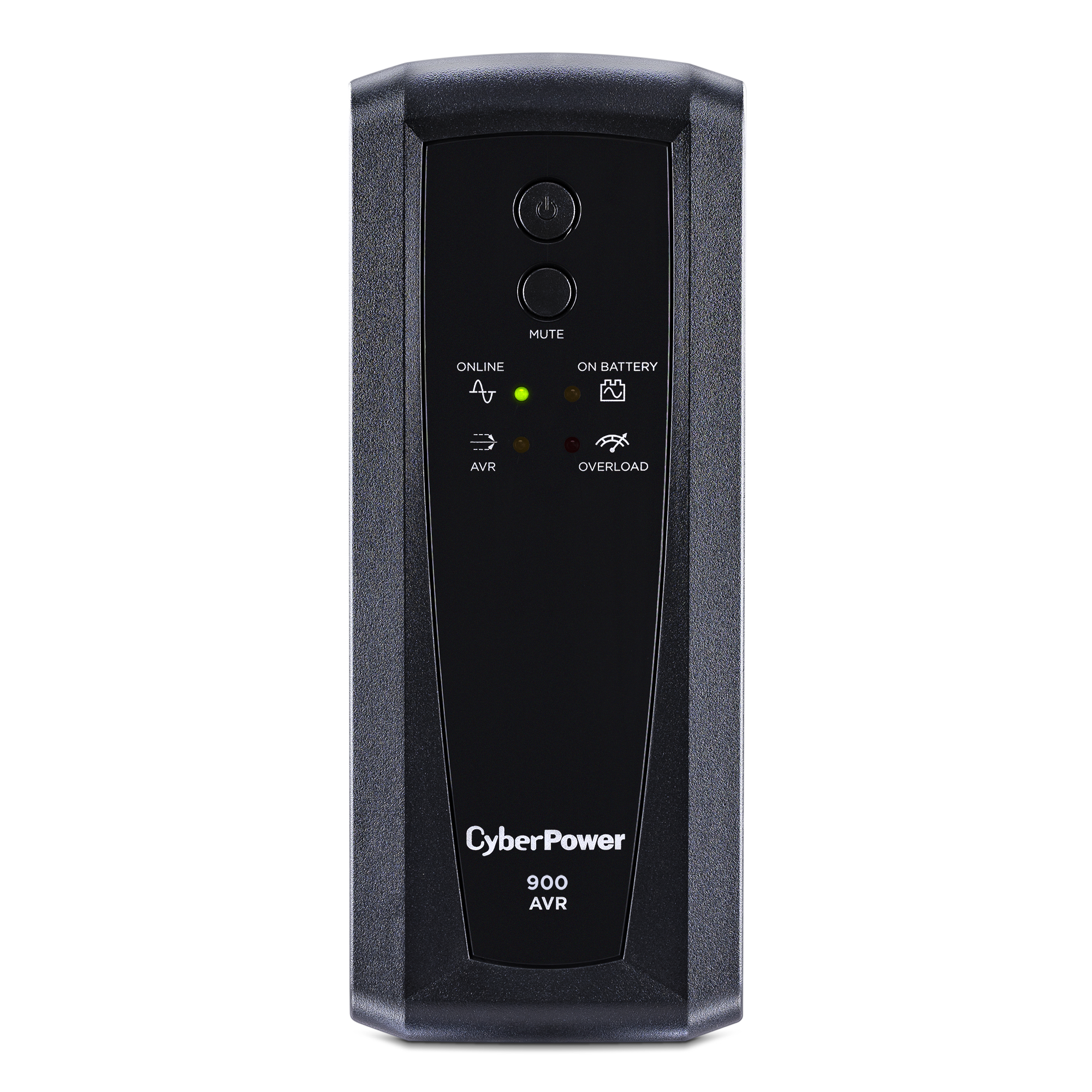
- Recognizing When to Replace the NAS: Look out for indicators that suggest it’s time to replace your NAS. These include the expiration of the manufacturer’s warranty, noticeable performance declines, increased frequency of repairs, or when the device no longer meets your evolving storage needs. Waiting until a complete failure can be more costly and disruptive.
By adhering to these maintenance and care guidelines, you can significantly enhance the lifespan and reliability of your NAS, ensuring that it continues to serve as a robust and efficient data storage solution for your business or personal needs.
Implementing Fault Tolerance and Off-Loading Data to Cloud
In addition to proactive maintenance and care, there are a few other strategies you can use to extend NAS lifespan such as implementing fault tolerance and adding cloud storage to your backup strategy to offload data from your NAS. Let’s explore them below.
The Importance of Fault Tolerance and RAID Configurations in NAS
Fault tolerance refers to the ability of a NAS to continue operating correctly even if one or more of its hard drives fail. It’s critical for NAS systems to have fault tolerance in place, especially in business environments where data availability and integrity can not be compromised.
RAID (Redundant Array of Independent Disks) plays a pivotal role in achieving fault tolerance. It involves combining multiple hard drives into a single system to improve data redundancy and performance. By doing so, RAID protects against data loss due to single or multiple disk failures, depending on the RAID level implemented.
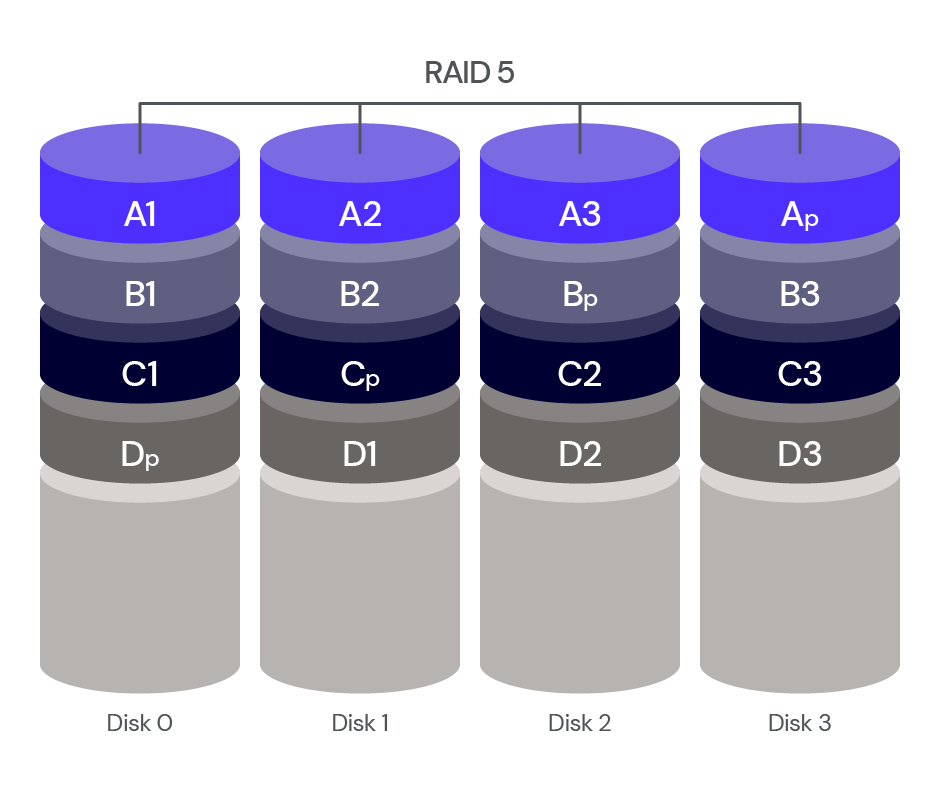
RAID Configurations
Various RAID configurations offer different balances of data protection, storage efficiency, and performance. Common configurations include RAID 0 (striping), RAID 1 (mirroring), RAID 5 and RAID 6, each with its specific advantages and use cases. For example, RAID 1 is simple and offers data redundancy, while RAID 5 and 6 provide a good balance between storage capacity and data protection. To fully understand which RAID configuration suits your needs, explore our NAS RAID Levels blog which explains how to choose the right RAID level for your NAS data.
Off-Loading and Backing Up NAS Data to the Cloud
Off-loading data from your NAS to a cloud storage service can significantly reduce the workload on your NAS hardware, thus potentially extending its life. You can consider creating a cloud archive of old data and a system for off-loading data on a regular cadence or as projects close.
The cloud also helps you establish a robust 3-2-1 backup strategy (three total copies of your data, two of which are local but on different mediums, and one copy off-site). This ensures data redundancy and offers enhanced data protection against local disasters, theft, or hardware failure. Many NAS devices, like Synology and QNAP, have built-in backup utilities that back up directly to cloud storage like Backblaze B2.
By integrating fault tolerance through RAID configurations and backing up data to the cloud, you can significantly enhance the data protection capabilities of your NAS. This approach not only ensures data safety but also contributes to the overall health and longevity of your NAS system.
Extending Your NAS Lifespan
Navigating the complexities of NAS systems can be a journey full of learning and adaptation. While NAS offers unparalleled convenience of local storage, it’s essential to recognize that its longevity relies on more than just its initial setup. It requires a proactive approach with diligent maintenance while embracing technological advancements such as fault tolerance and RAID levels. When properly cared for, however, many users find NAS to be a long-lived piece of their tech stack.
But, it doesn’t have to stop there. The integration of cloud storage with NAS systems can significantly help reduce the strain on your local system, and safeguard your NAS data off-site while ensuring you have comprehensive 3-2-1 data protection in place.
It’s time to hear from you. What strategies have you employed to extend the lifespan of your NAS device? Share your stories and tips in the comments below to help others in the NAS community.




